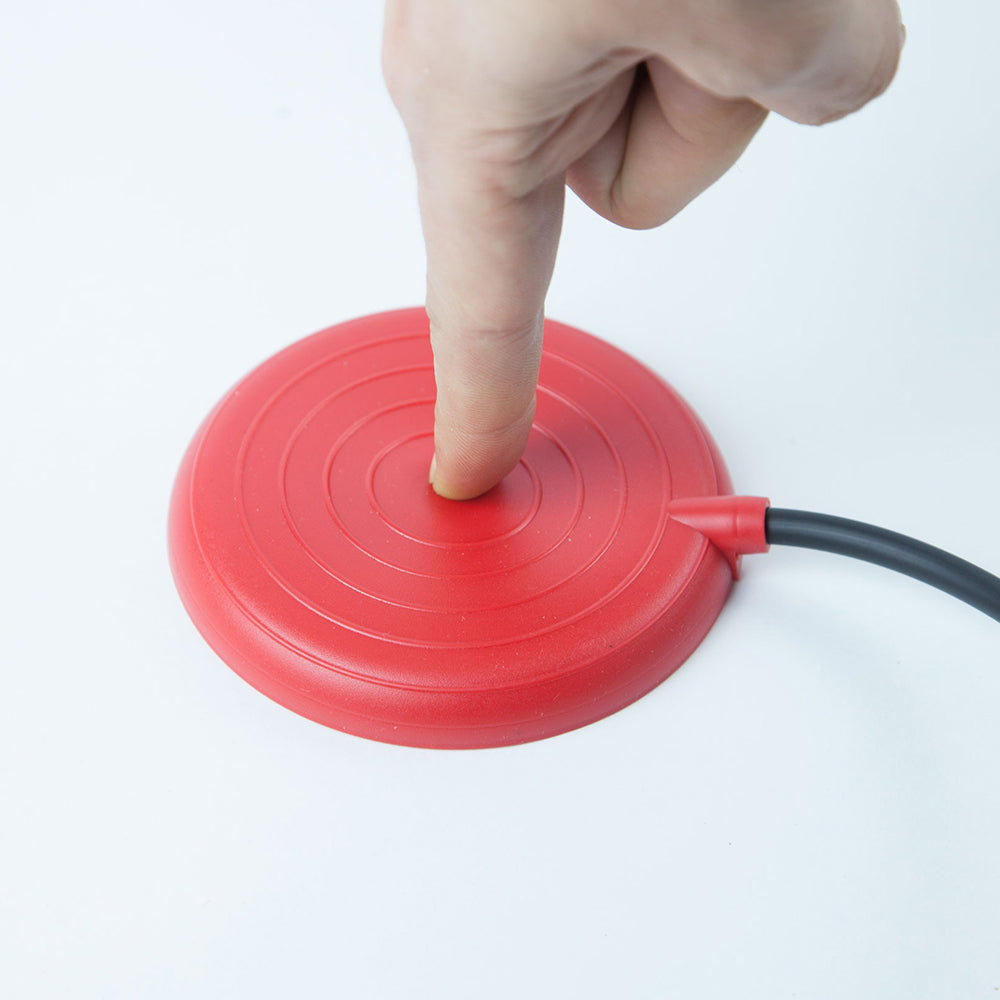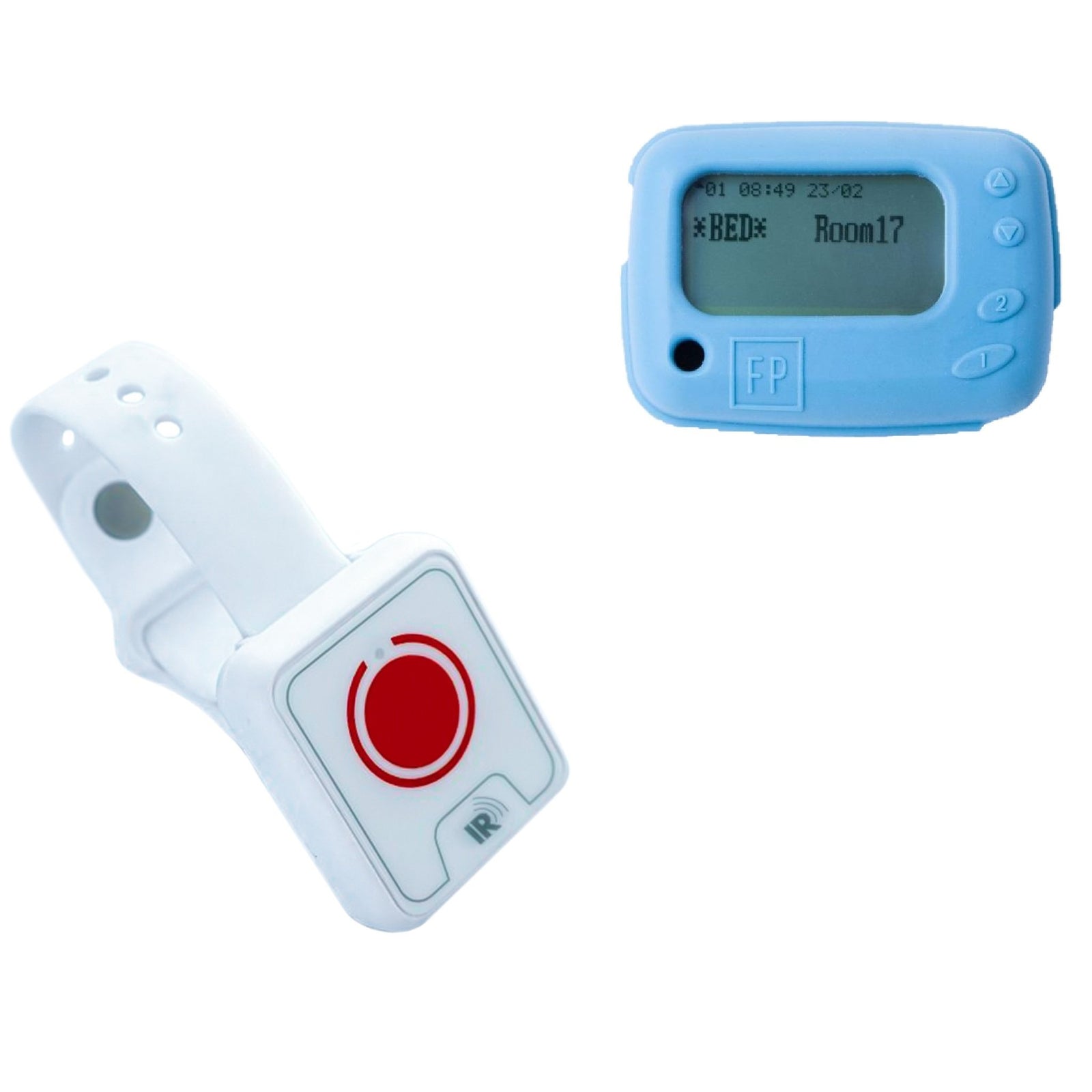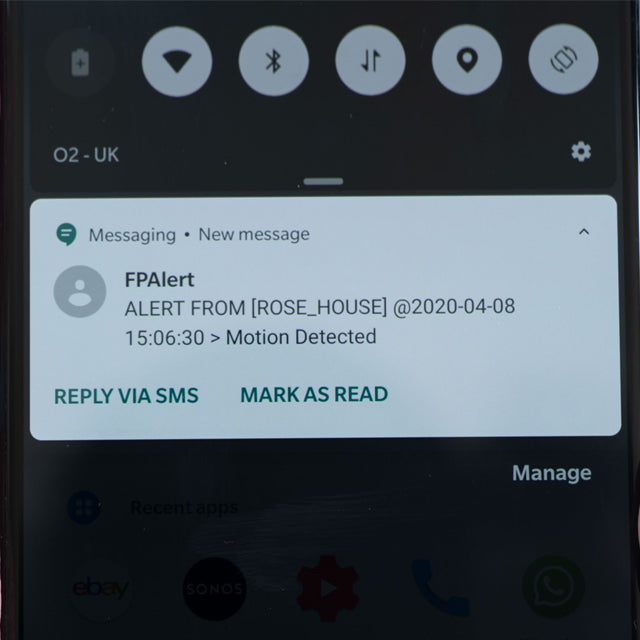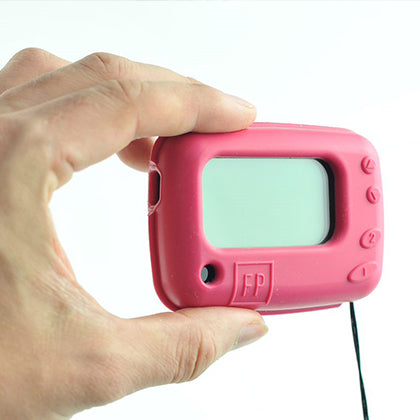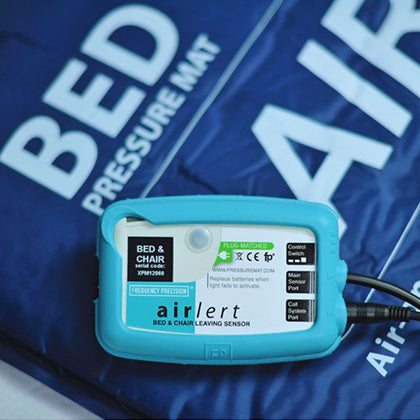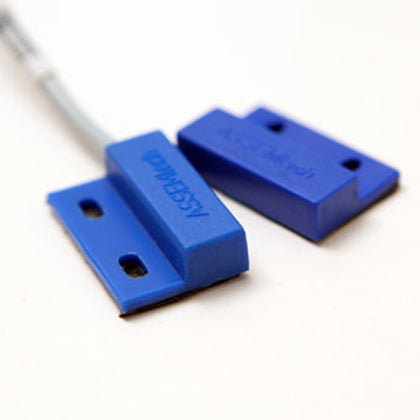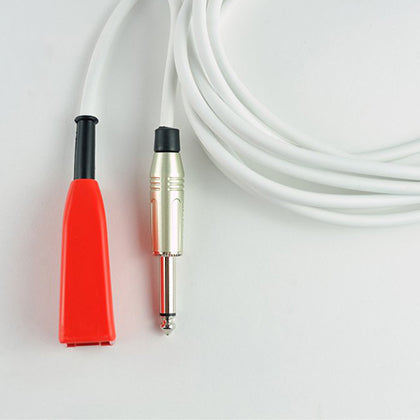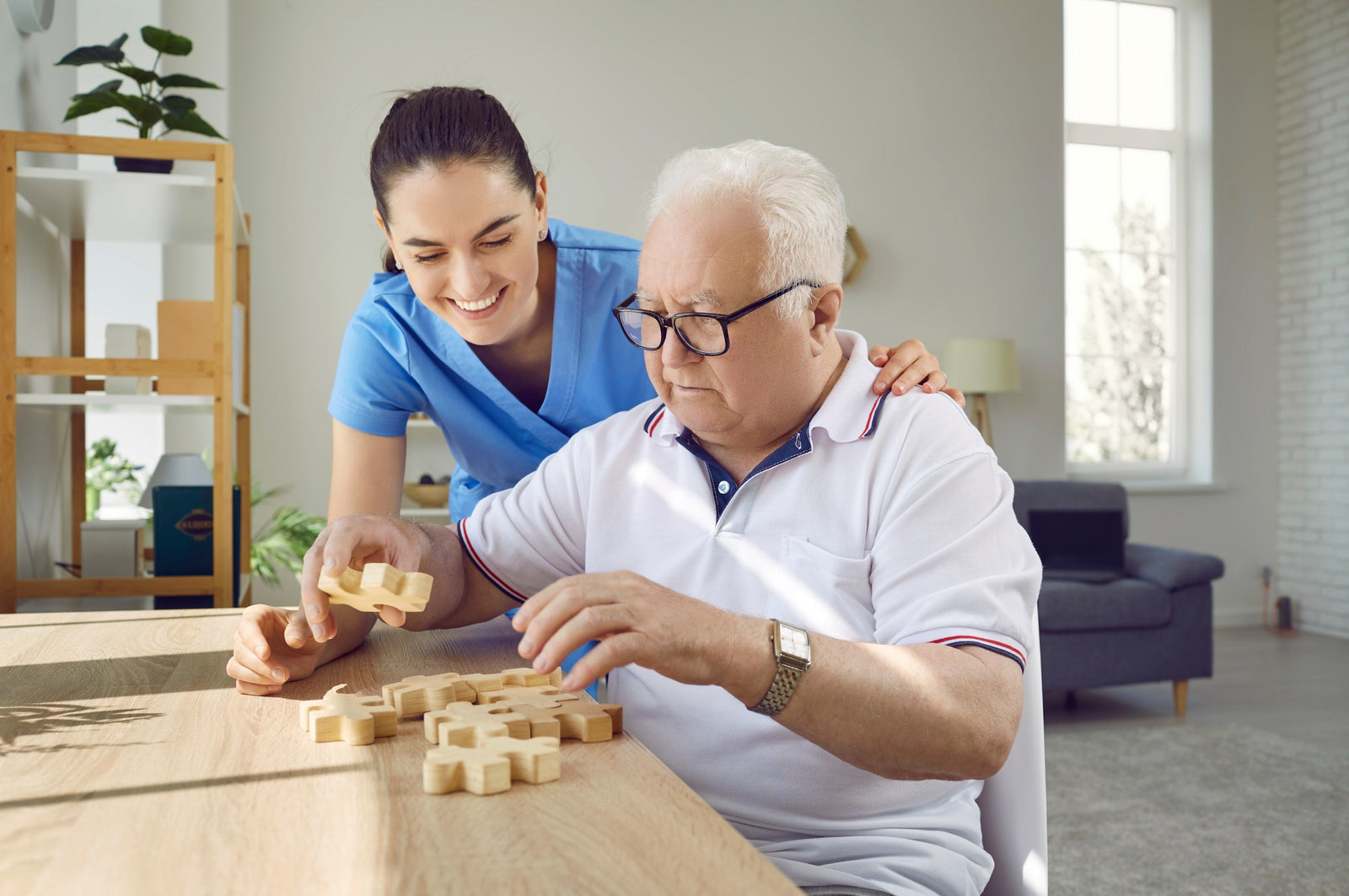
Whether you’re a home caregiver or simply looking for ways to keep on top of your own health, it’s always useful to have the right gadgets at hand. Home health monitors are becoming increasingly popular, with many opting to keep these devices close at hand for peace of mind and to reduce trips to the GP. Those with long term conditions such as diabetes or asthma find these devices particularly useful, as it allows medical professionals to monitor patients from home and provide better advice based on the data provided.
Although we always recommend contacting your GP for any changes in health, we’ve listed some of the most popular home health monitors and their benefits.
1. Blood Pressure Monitor
A blood pressure machine is a useful home device to have if you take blood pressure medication or suffer from heart conditions, respiratory problems, diabetes or kidney disease. A ‘normal’ blood pressure reading is below 140/90; however, for those with a related medical issue, the reading should be less than 130/80. If you do want to monitor your blood pressure at home, there are plenty of options available. Before purchasing, you should ensure that the machine you choose is approved by the British and Irish Hypertension Society (BIHS). This means that the monitor has been tested to ensure it gives accurate readings that both you and your GP can trust.
You should also ensure that your monitor has an upper cuff to measure blood pressure, not just a wrist or finger monitor. The machine should ideally be serviced every two years. For more information on blood pressure monitors, speak to your GP or take a look at the latest advice from the British Heart Foundation.
2. Blood Sugar Monitor
If you have diabetes and are taking medicine or you have been advised by a healthcare professional to diet, you may be asked to use a blood sugar monitor. Flash glucose monitors or continuous glucose monitors (CGM) are prescribed by a GP or nurse as a way to monitor blood sugar levels throughout the day.
If you take medication for diabetes, such as insulin, checking your blood sugars is a critical part of living with the condition. It can help guide when you need to take more medication or simply when you need to eat something or move around. Blood sugar monitors can also play a huge part in maintaining a fit and healthy lifestyle and preventing serious complications down the line.
Find out more at Diabetes UK.
3. Pulse Oximeter
Pulse oximeters are used to measure the oxygen levels in your blood and have become increasingly in-demand following the COVID-19 pandemic. This small medical device is placed on the tip of the finger, transmitting light to measure the amount of oxygen in the blood. Although there are fitness trackers and smartwatches that can also measure this, a fingertip reading gives a much more accurate reading. Pulse oximeters are commonly used in clinical settings and have been used by those with long-term respiratory conditions to track oxygen levels. Since early 2021, these devices have also been used by those with COVID-19 who are concerned about symptoms worsening. By using a pulse oximeter, it’s possible to detect silent hypoxia, this occurs when oxygen levels are low, but the person is not suffering from shortness of breath, ensuring they seek help as quickly as possible.
4. Electrocardiogram
More commonly known as an ECG, an electrocardiogram is a heartbeat monitoring machine that can be used to monitor heart rhythm. Sensors attach to the skin to detect electrical signals that are produced each time your heart beats. These signals are then recorded and can be analysed by healthcare professionals to see if there is an issue. At home electrocardiograms typically connect to your mobile phone, allowing you to send data directly to your GP or consultant to document the results and determine whether further treatment is needed. The advantage of having an at home device is the ability to monitor heart rate while experiencing palpitations which can be caused by atrial fibrillation. Always follow the advice of your GP when monitoring your heart rate,
5. Epilepsy Sensors
While the other devices are used to monitor health conditions, it’s worthwhile looking at technology that can be used to alert others when there is a problem. Epilepsy sensor matsare designed to detect tonic-clonic seizures when the patient is in bed. Placed underneath the mattress, the Airlert technology detects movement that is typical of this form of an epileptic seizure. Ideal for use in the home or in care environments, the connected pager will beep, flash and vibrate when the mat detects that a seizure is taking place. Designed to be used on all types of beds, this is an incredibly useful detection device for those with epilepsy or caring for others.
Get in touch to find out more about our at home care equipment, or to discuss your needs in more detail with a member of our team.

